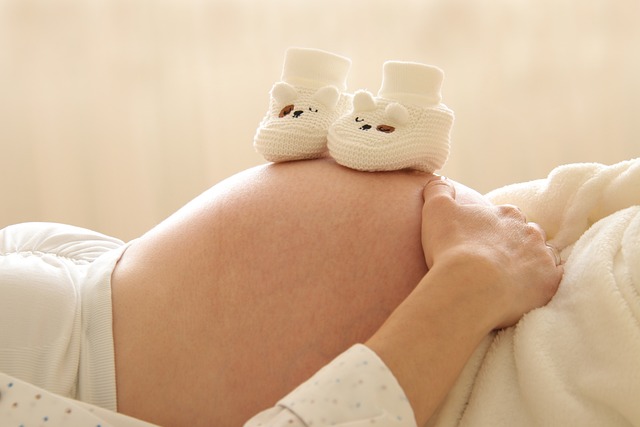Common Misconceptions About Pregnancy Massage

Don’t fall for these common misconceptions about pregnancy massage. Discover the truth about what it is, what it isn’t, and why it’s safe for you and your baby.
Introduction
Pregnancy can be a beautiful but challenging time for many women. As your body undergoes physical and hormonal changes, it’s common to experience discomfort and pain. That’s where pregnancy massage comes in. This therapeutic technique can alleviate aches and pains, reduce stress and anxiety, and promote relaxation. Unfortunately, there are many misconceptions about pregnancy massage that may deter women from seeking this much-needed treatment. In this article, we’ll debunk some of the most common myths about pregnancy massage and shed light on the truth behind this safe and effective practice.
Myth #1: Pregnancy Massage Is Dangerous
One of the most common misconceptions about pregnancy massage is that it’s unsafe for you and your baby. This myth likely stems from the belief that massage can induce labor or cause harm to the fetus. However, the truth is that pregnancy massage is perfectly safe when performed by a trained and certified massage therapist.
According to the American Pregnancy Association, massage therapy during pregnancy has been shown to reduce stress hormones, decrease anxiety, and improve overall mood. Additionally, pregnancy massage can help improve circulation, reduce swelling, and alleviate back pain and joint stiffness. It’s important to note that massage therapists who specialize in pregnancy massage are trained to modify their techniques and positioning to ensure the safety and comfort of the mother and baby.
Myth #2: Pregnancy Massage Is Only for the Wealthy
Another common misconception about pregnancy massage is that it’s a luxury that only the wealthy can afford. While it’s true that some spas and wellness centers may charge a premium for pregnancy massage, there are many affordable options available.
Many massage therapists offer discounted rates for pregnant women, and some health insurance plans may even cover the cost of massage therapy. Additionally, there are community-based programs and non-profit organizations that offer free or low-cost pregnancy massage to underserved populations. Don’t let the cost of pregnancy massage deter you from seeking the care you deserve.
Myth #3: Pregnancy Massage Can Cause Miscarriage
This myth is particularly dangerous, as it can prevent women from seeking medical care when they need it most. There is no scientific evidence to support the claim that massage can cause miscarriage. In fact, studies have shown that massage therapy during pregnancy can be beneficial for both the mother and baby.
It’s important to note that there are certain high-risk pregnancy conditions where massage may not be recommended, such as preeclampsia, placenta previa, and preterm labor. However, in most cases, pregnancy massage is a safe and effective way to manage pregnancy-related discomfort and improve overall well-being.
Myth #4: Pregnancy Massage Involves Deep Tissue Work
Another common misconception about pregnancy massage is that it involves deep tissue work, which can be painful and potentially harmful during pregnancy. However, most pregnancy massage techniques are gentle and relaxing, focusing on the specific needs and comfort of the mother.
Some common pregnancy massage techniques include Swedish massage, which uses long, flowing strokes to promote relaxation and improve circulation, and prenatal massage, which utilizes a special cushion or side-lying position to alleviate pressure on the abdomen and improve spinal alignment. It’s important to communicate with your massage therapist about any discomfort or pain you may experience during the session, as they can adjust their techniques and positioning accordingly.
